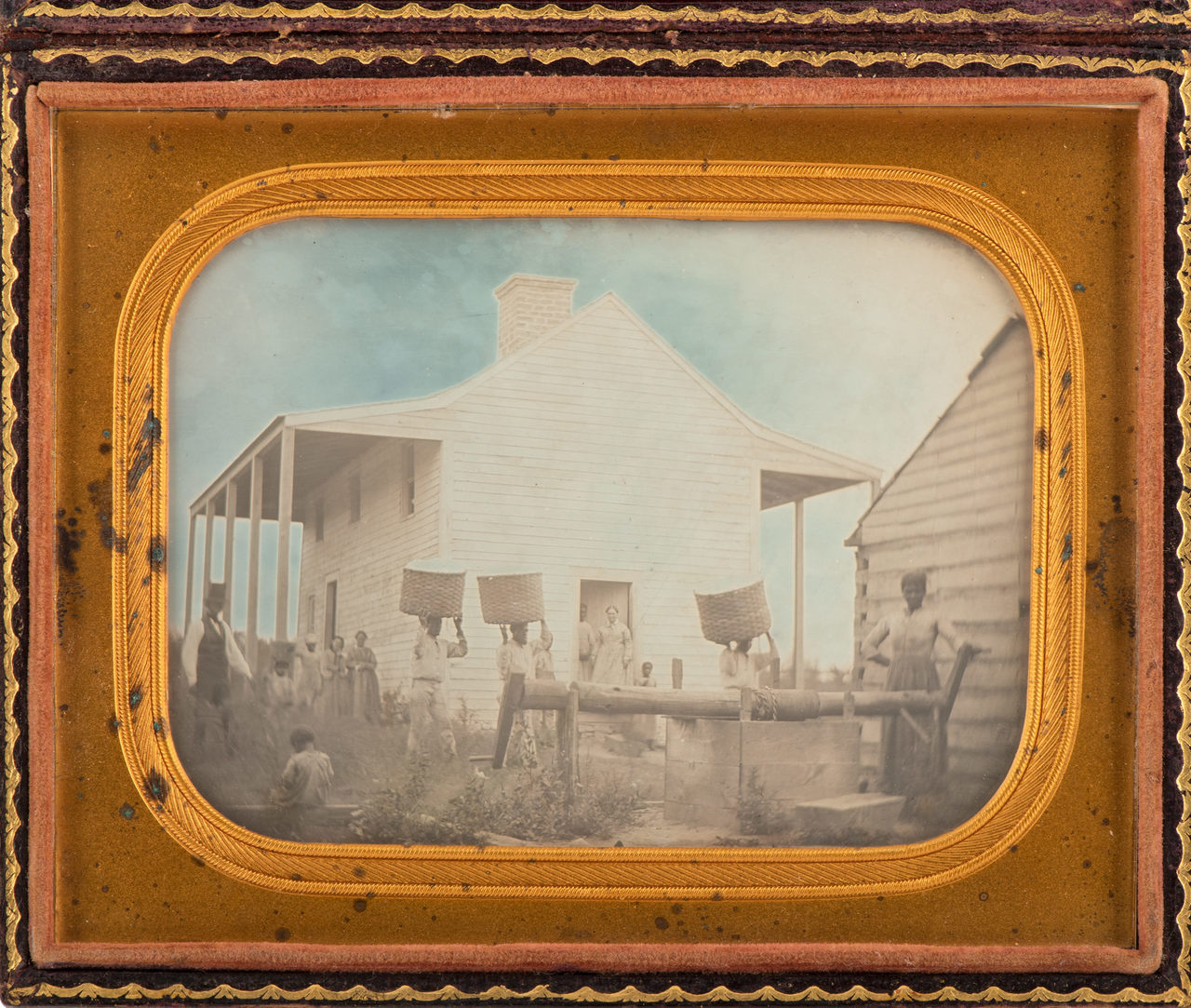transition said:
>Reading Daisy Bates has given me another translation. She talks about aborigines taking special efforts to avoiding breathing the air around an old woman dying, to avoid her strong spirit.
aversion and spooky superstition have a long history, in the instincts, the biological mechanisms
they often aren’t precise of what applied, respond to, really they can’t be, experience and culture (group norms etc) tweak them
what you’ve mentioned isn’t much different to me avoiding larry’s bad breath, or keeping my distance after he rolls in chook shit
Yes. and for the same reason.
I really hate to call aboriginal law, ‘law’ because it is so incredibly biased towards the bullies, the ruthless and the treacherous.
But like white law it does divide between criminal law and civil law. Criminal law is for victimless crimes. Civil law is for crimes with victims with living relatives. Actions up to and including murder of victims without living relatives are not crimes at all according to aboriginal law.
Criminal law, penalty death, is for marrying the wrong person, eating the wrong food, for a man being within 20 metres or so of a woman having her period, etc. Not too different from some aspects of old testament law.
In civil law, the penalty is any amount of injury, up to and including death, imposed on the perpetrator by the relatives of the victim. For example, by law a man must support his wife’s father from the moment of betrothal, even if the betrothal is to a baby girl, call it a dowry. Non-payment of dowry leaves a man open to death by spearing or clubbing, if his wife’s father (and friends) can catch him. Murdering a wife is a civil matter, the murder is not considered the crime, the crime is that murder leads to non-payment of dowry, so it’s up the the wife’s father’s friends to avenge the death by any penalty up to and including death.
There are a huge number of other injustices. In a recent TV program on Florida an 18 year old who had a girlfriend aged 14 was branded a sex-offender for life, even after leaving prison. In aboriginal culture, a grey-haired old man marrying a girl of age as young as 9 years old is par for the course. The girl-wife is beaten by his older wives (no limit on the number of wives) as a matter of course, and often dies in childbirth. Older men always get younger wives, it is rare in tribal life for a man to be married for the first time before the late 20s.
A wife is a man’s property to do with as he wants, to prostitute, sell, bash or starve. If a man allows himself to be henpecked by his wives then he becomes an object of ridicule, and if this continues then his brothers will spear him.
But I didn’t want to just talk here about injustices. I want to look into the practical reasons behind some of the strangest laws.
- The system of totems first provides protection against interbreeding. Even though the tribal aborigine doesn’t believe that copulation causes pregnancy, still the totems forbid marriages up to and including first cousins.
- The system of totems also provides protection against food diseases. Suppose a particular food develops a disease that is 100% fatal to humans, then the restrictions on what food can be eaten ensures that at least 25% of humans will survive.
- A man may not accept any gifts from his mother in law, or give gifts, or speak face to face. Well, that’s just good common sense, those gifts may be poisoned.
